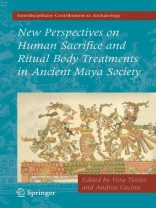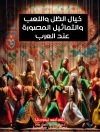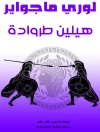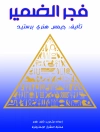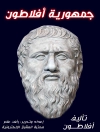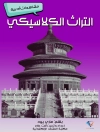The central goal of this book is to contribute to the timely discussion and understanding of Maya sacrifice and related posthumous body manipulation.
Most school children in the US learn about the Maya and their practices based on their cultural and religious beliefs in their Social Studies classes. But a number of new sites have been discovered, giving an interdisciplinary group of researchers a channel to discuss these acts and their meaning.
The editors bring together not only archaeologists but anthropologists, forensic anthropologists, art historians and bioarchaeologists, giving the volume a more complete perspective on these sites and the material culture and biological evidence found there.
The field of archaeology is growing to include the physical remains of ritual practice along with the material remains and this book can be seen as an example of who the study of ancient civilizations can be more comprehensive. Additionally, this is an international volume with scholars from the area studied which is becoming more and more important in archaeological research. This will be of interest to students studying Mayan and Mesoamerican culture as well as those interested in bioarchaeology and human sacrifice.
Tabela de Conteúdo
New Perspectives on Human Sacrifice and Postsacrificial Body Treatments in Ancient Maya Society: An Introduction.- Funerary or Nonfunerary? New References in Identifying Ancient Maya Sacrificial and Postsacrificial Behaviors from Human Assemblages.- The Creation and Sacrifice of Witches in Classic Maya Society.- Empowered and Disempowered During the Late to Terminal Classic Transition: Maya Burial and Termination Rituals in the Sibun Valley, Belize.- Posthumous Body Treatments and Ritual Meaning in the Classic Period Northern Petén: A Taphonomic Approach.- Human Sacrifice in Late Postclassic Maya Iconography and Texts.- Skeletons, Skulls, and Bones in the Art of Chichén Itzá.- Sacrifice and Ritual Body Mutilation in Postclassical Maya Society: Taphonomy of the Human Remains from Chichén Itzá’s Cenote Sagrado.- Sacred Spaces and Human Funerary and Nonfunerary Placements in Champotón, Campeche, During the Postclassic Period.- Human Sacrificial Rites Among the Maya of Mayapán: A Bioarchaeological Perspective.- Nutrition, Lifestyle, and Social Status of Skeletal Remains from Nonfunerary and “Problematical” Contexts.- Victims of Sacrifice: Isotopic Evidence for Place of Origin.- The Bioarchaeology of Maya Sacrifice.
